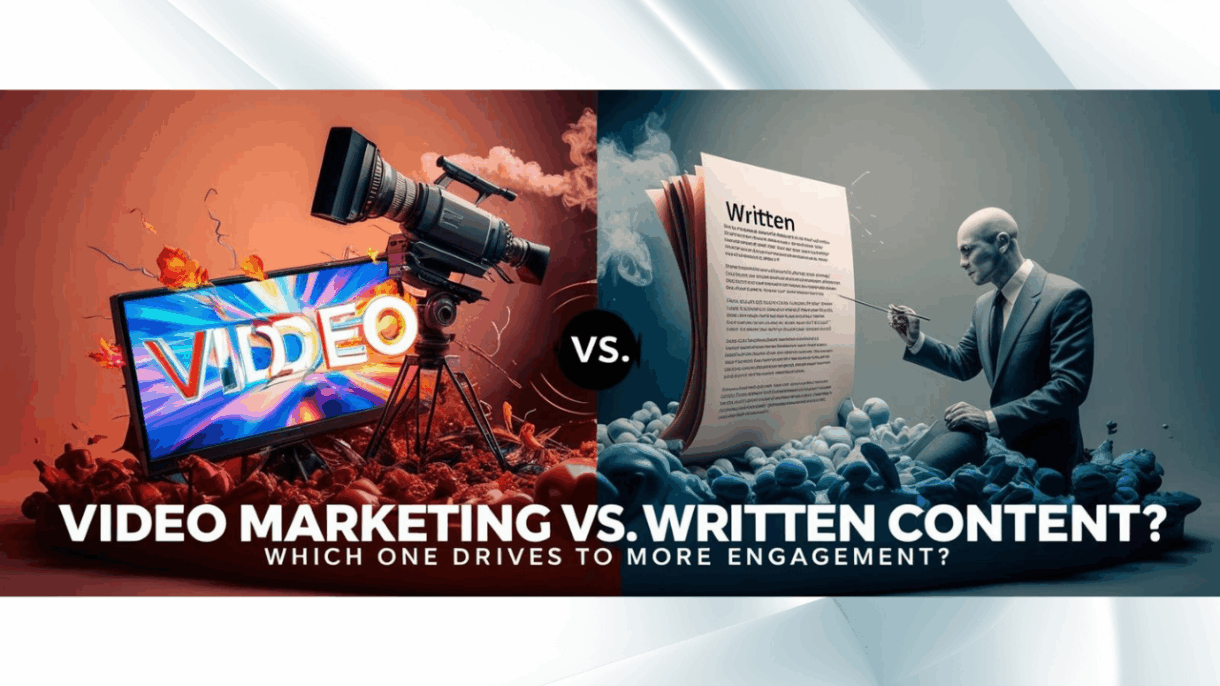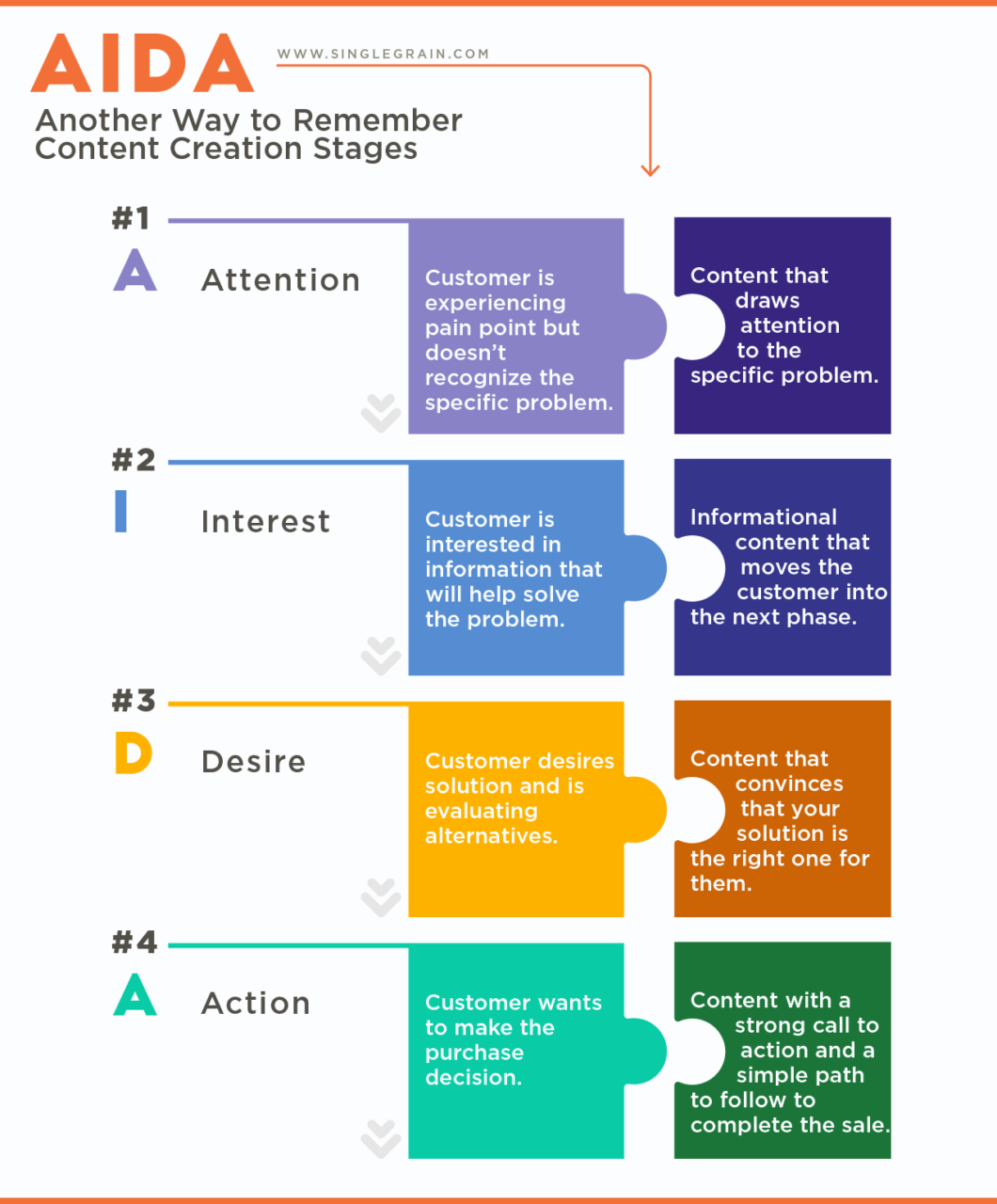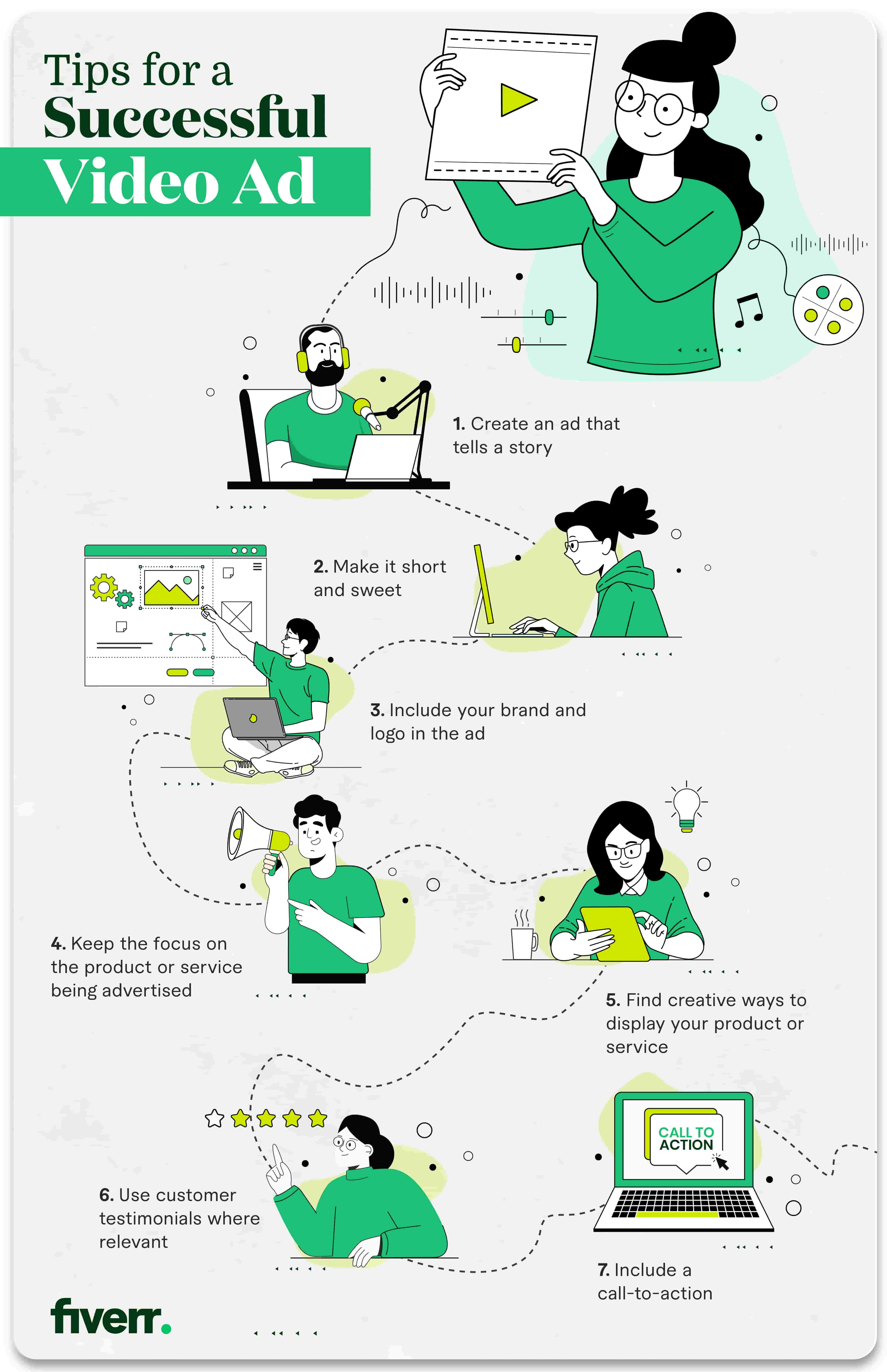
In the fast-moving world of Indian business, where new startups bloom like spring wildflowers and traditional enterprises strive to stay relevant, the biggest challenge most brands face is how to truly connect with their audience. With customers now scrolling endlessly on phones, watching reels instead of reading ads, and relying on recommendations rather than simple slogans, it’s become more important than ever to ask: what really works in content marketing today—video or written content? In the streets of Delhi or the small businesses of Jaipur, in the buzzing IT hubs of Bengaluru or among the vibrant digital creators in Mumbai, everyone is trying to crack the same code: how to engage an increasingly distracted, choosy, yet deeply connected Indian consumer. We’re living in an age where attention is the real currency. But solving this modern challenge isn’t about shouting the loudest—it’s about speaking in the right voice. And sometimes, that voice isn’t typed. It’s spoken, sung, or shown through the moving image. This blog dives deep into the heart of this question, offering emotional insight, practical takeaways, and a uniquely Indian perspective.
Table of Contents
Sr. Headings
1. Introduction: Solving Modern Marketing Challenges
2. Why Ads Alone Aren’t Enough in Today’s Market
3. The Rise and Relevance of Growth Marketing & Influencer Power
4. The Role of Institutions like OCP Academy in Business Growth
5. An Indian Case Study: How Local Strategy Made the Difference
6. The Power of Full-Stack Digital Marketing in India
7. Why Video Marketing Works So Well in India’s Multilingual Cultures
8. Why Written Content Still Matters for Depth and Trust
9. Industry-Wise Strategy: What Works Best Where?
10. Affordable Video Creation: Leveling the Playing Field
11. Conclusion: The Future Belongs to the Bold
12. Frequently Asked Questions

Why Ads Alone Aren’t Enough in Today’s Market
In today’s rapidly evolving Indian market, relying solely on ads—whether on Google, Facebook, or Instagram—is no longer a sustainable or effective way to grow a brand. While these platforms offer incredible reach and targeting, the truth is that audiences have become smarter, more selective, and far less trusting of anything that looks like a hard sell. Consumers today are flooded with advertisements at every scroll and swipe, and as a result, their attention spans have shortened while their expectations have increased. They don’t just want to be sold to—they want to be spoken to. An ad, no matter how well-targeted or beautifully designed, cannot build the kind of trust, loyalty, and emotional connection that modern Indian customers seek. People crave stories, real experiences, and human authenticity. They want to know who you are as a brand, what you stand for, and why they should care. This level of connection simply cannot be achieved through performance marketing alone. Moreover, ad fatigue is real—when customers see the same types of promotional content again and again, they start ignoring it, or worse, associate your brand with spam. Without supporting content—such as engaging videos, informative blogs, influencer collaborations, or community-driven initiatives—ads become just noise in the crowd. For businesses in India, especially those operating in competitive or emotionally driven sectors like fashion, food, education, or wellness, the key lies in combining ads with meaningful content and storytelling that resonates on a cultural and emotional level. That’s what creates lasting engagement—not just a click, but a connection.
The Rise and Relevance of Growth Marketing & Influencer Power
In the vibrant and diverse landscape of Indian business, growth marketing and influencer power have emerged as game-changers—redefining how brands connect with their audiences beyond the traditional metrics of clicks and impressions. Growth marketing is not just a buzzword; it is a mindset that focuses on the entire customer journey, nurturing relationships at every stage rather than just chasing immediate sales. It’s about understanding what drives a person to not only discover a brand but to trust it, return to it, and recommend it to others. In India, where emotion, culture, and trust play a huge role in purchasing decisions, growth marketing feels incredibly natural and powerful. It taps into storytelling, personalization, and data-driven experimentation to find what truly resonates. At the heart of this approach lies the growing influence of digital creators and influencers, who have become the new storytellers of modern India. From fashion bloggers in Delhi to food reviewers in Chennai, from tech creators on YouTube to regional language influencers on Instagram, these individuals have built loyal communities based on relatability, honesty, and shared identity. For the average consumer, an influencer feels far more trustworthy than a corporate ad, because they speak the same language, face similar struggles, and share genuine opinions. When brands collaborate authentically with these influencers as part of a growth marketing strategy, the impact is transformational. Instead of just renting attention through ads, they earn attention through relevance and emotion. This shift is especially crucial in India, where word-of-mouth and personal recommendations have always been more powerful than promotions. Growth marketing combined with influencer power creates a ripple effect—where one compelling story shared by a trusted voice can reach hundreds of thousands, spark conversations, and build communities around a brand. It is not about shouting louder, but about speaking with purpose—and that’s what the new-age Indian consumer truly responds to.

The Role of Institutions like OCP Academy in Business Growth
In a digital world that’s evolving faster than ever, especially in a dynamic country like India, institutions like OCP Academy are playing a vital role in empowering individuals and businesses to thrive, not just survive. The truth is, many entrepreneurs and working professionals in India have great ideas and ambition, but lack the practical, up-to-date skills needed to succeed in the digital marketplace. Traditional education often doesn’t cover real-world marketing, content creation, audience psychology, or platform-specific strategies that can actually move the needle for a business. That’s where OCP Academy bridges the gap. It doesn’t just teach theory—it transforms mindsets. With hands-on training, industry-backed mentorship, and real campaign simulations, the academy prepares learners to face today’s marketing challenges with confidence. Whether you’re a small business owner in a Tier 2 city looking to grow your brand online, or a college graduate trying to break into the digital field, OCP gives you tools that are both powerful and practical. What sets it apart is its understanding of the Indian market—it trains students to think in multiple languages, respect cultural nuance, and create content that truly connects with Indian audiences. It also emphasizes the importance of emotional storytelling, video content creation, influencer collaborations, and full-stack digital strategies—exactly what modern businesses need in 2025. The impact of such training is transformative. Many OCP alumni go on to launch successful campaigns, build personal brands, or drive serious ROI for the companies they work with. More than just a marketing school, OCP Academy acts as a launchpad for sustainable growth—fueling the dreams of countless Indian creators, professionals, and entrepreneurs by equipping them with the skills that today’s economy demands.
An Indian Case Study: How Local Strategy Made the Difference
A powerful example of how local strategy can make a significant difference comes from a small but ambitious skincare brand based in Pune called GlowMitti. Founded by two sisters during the pandemic, GlowMitti was built on the idea of using traditional Indian ingredients like turmeric, multani mitti, and rose water in their products. In the beginning, like many new-age startups, they relied heavily on running Facebook and Instagram ads with attractive discounts and flashy visuals. While this gave them some initial traction, their growth soon plateaued. The ads brought traffic, but not loyalty. The sisters realized they needed to connect more deeply with their audience, especially the emotionally driven and trust-focused Indian consumer. That’s when they shifted to a local content-driven strategy with guidance from a mentor who had trained through OCP Academy. They started creating raw, behind-the-scenes videos showing how their products were made, featuring everyday women using their creams, and sharing real testimonials in a mix of Hindi and Marathi. They launched a blog in Hinglish that explained the ancient science behind their ingredients and also used relatable stories about Indian skin concerns caused by heat, pollution, and stress. Instead of hiring big influencers, they collaborated with local micro-creators—like a Marathi beauty vlogger and a Pune-based college student with a loyal following. The transformation was remarkable. Their audience began to trust them not just for the product, but for the people behind the brand. Website traffic doubled, their return customer rate shot up, and their social media engagement became organic and heartfelt. GlowMitti didn’t just sell skincare anymore—they sold identity, comfort, and culture. Their success proves that when Indian businesses embrace local language, emotion, authenticity, and a storytelling approach rooted in our own culture, they can break through the noise and build a brand that truly connects. It was not about big budgets, but about big hearts—and that made all the difference.
The Power of Full-Stack Digital Marketing in India
The power of full-stack digital marketing in India lies in its ability to bring together every layer of online engagement—combining creativity, data, strategy, and storytelling into one seamless experience that drives real business growth. In today’s fast-moving digital economy, Indian consumers are no longer influenced by one touchpoint alone; they need to see, feel, and trust a brand across multiple platforms and formats. This is where full-stack digital marketing becomes transformative. It doesn’t rely on just one tool like Facebook ads or blog writing—it uses a combination of video content, social media strategy, search engine optimization, influencer collaboration, email marketing, website design, and analytics to create a unified brand journey. For example, a consumer might discover a brand through an Instagram Reel, visit their website after Googling for more information, read a blog post that answers their questions, and finally make a purchase after watching a testimonial video or seeing positive reviews. Each of these steps plays a critical role in the decision-making process, and full-stack digital marketing ensures that no opportunity is missed. In India, where audiences are deeply emotional and influenced by culture, language, and trust, such an integrated approach is essential. It allows brands to tailor content by region, language, platform, and audience type—creating not just reach, but genuine relationships. Full-stack marketing also empowers businesses to adapt quickly, analyze what works, and improve constantly. With the right mix of content, strategy, and tools, even a small business in India can compete with major players, turning followers into loyal customers and storytelling into growth. It’s not about being everywhere—it’s about being everywhere with purpose. And that’s the true power of full-stack digital marketing in today’s India.
Why Video Marketing Works So Well in India's Multilingual Culture
Video marketing works exceptionally well in India’s multilingual culture because it taps into the country’s most powerful form of communication: emotion expressed through voice, visuals, and cultural context. India is not a single language market—it is a mosaic of languages, dialects, and regional nuances. In such a diverse environment, written content often limits reach, especially when audiences are more comfortable in their native tongues or may not be fluent readers of English or Hindi. But video breaks those barriers effortlessly. A well-crafted video in Tamil, Bengali, Marathi, or even a mix of Hindi and English (Hinglish) instantly feels familiar and relatable. People can hear accents they recognize, see faces that resemble theirs, and connect with content emotionally without needing to read a word. This inclusivity makes video the most accessible and engaging format for reaching the true breadth of India’s population. It also aligns with how Indian audiences consume content today—through short, visual snippets on platforms like YouTube, Instagram Reels, and WhatsApp Status. Videos offer brands a chance to show, not just tell. Whether it’s a product demo, a customer testimonial, or a behind-the-scenes story, video builds trust and humanizes a brand in ways that written text simply cannot. Especially in Tier 2 and Tier 3 cities, where smartphone usage is exploding and digital literacy is growing rapidly, video is the bridge between modern marketing and traditional trust. It feels like a personal conversation rather than a corporate message, and in a culture where word-of-mouth and emotion still carry immense value, that makes all the difference.
Why Written Content Still Matters for Depth and Trust
Written content still holds immense value in India because it offers depth, clarity, and a lasting sense of trust that video alone often cannot provide. While videos are excellent for grabbing attention and creating emotional connections, written content allows audiences to pause, reflect, and truly understand a brand’s offerings and values. In a market as diverse and discerning as India’s, especially where people conduct careful research before making decisions related to health, finance, education, or major purchases, well-written content becomes a guiding resource. Blogs, FAQs, guides, and case studies help explain complex topics in a detailed and structured way that videos sometimes rush through. Written content is also more searchable—appearing in Google results and helping brands improve their SEO visibility. For many Indians, especially professionals, students, and decision-makers, reading is still the preferred way to process information when they want answers they can trust. A well-structured article or in-depth blog in English, Hindi, or a regional language creates a sense of authority, professionalism, and transparency. It shows that a brand has invested time to educate and serve its audience, not just sell to them. Moreover, in a digital world filled with fleeting visuals, written content leaves a longer-lasting impression. It allows for bookmarking, quoting, sharing, and referencing in a way video cannot. In India, where credibility is everything and customers are careful with their choices, written content continues to be the foundation of lasting trust, especially when it’s clear, relatable, and rooted in real value.
Industry-Wise Strategy: What Works Best Where?
In the diverse and rapidly evolving Indian market, choosing the right content strategy heavily depends on the industry you operate in, because each sector connects with its audience in distinct ways. Visual and emotion-driven industries like fashion, beauty, food, travel, and fitness thrive on video-first content. These sectors rely on appeal, aesthetics, and lifestyle storytelling—making short-form videos, reels, behind-the-scenes glimpses, and tutorials incredibly effective in capturing attention and driving engagement. For example, a beauty brand showing real-time makeup transformations or a food startup sharing quick regional recipes in local languages can generate immense traction and virality through video platforms like Instagram Reels or YouTube Shorts. On the other hand, industries that demand credibility, knowledge, and decision-making—such as edtech, fintech, legal services, B2B software, and healthcare—benefit more from in-depth written content. Indian consumers researching education loans, health insurance plans, or online courses often turn to well-written blogs, whitepapers, and guides to make informed choices. These formats allow businesses to explain complex offerings clearly, build SEO visibility, and establish thought leadership. That said, the smartest brands in any industry don’t choose between video and writing—they combine both. An edtech brand, for instance, may use a video testimonial from a successful student to emotionally inspire new leads, while also offering a detailed blog that outlines course features, pricing, and enrollment steps. In essence, industry-wise strategy in India isn’t about picking one format over the other, but about understanding the mindset of your audience and aligning your content approach with how they seek, trust, and share information.
Affordable Video Creation: Leveling the Playing Field
Gone are the days when video marketing required massive budgets or professional studios. Today, Indian entrepreneurs are creating compelling content with just smartphones and free editing apps. Local influencers are shooting DIY videos from their homes and getting thousands of views. Platforms like Instagram Reels, YouTube Shorts, and even WhatsApp Status updates have made video more democratic and accessible than ever before. This low-cost, high-impact potential means that even small businesses and solopreneurs in India can compete with bigger players—if they focus on authenticity and storytelling rather than polished perfection. Real stories win over real people, and that’s what video lets you deliver at scale.
FAQs


Yes, but it takes time, consistency, and strategy. Organic growth is slower but builds long-term value.
Absolutely, but they must be part of a larger funnel. Without a proper landing page or content support, ads alone won’t convert.
It’s a combination of all digital skills: content creation, paid ads, SEO, analytics, email, social, influencer, and more. It gives you a holistic view of marketing.
Enroll in practical, hands-on programs like those at OCP Academy. Choose mentors who’ve worked in the field, not just taught theory.
Yes! Even small brands can collaborate with micro-influencers who have high engagement and local trust.
Conclusion
As we step into a new era of entrepreneurship in India, the question is no longer whether video or writing works better—it’s about how powerfully you can blend the two. It’s about understanding your audience so deeply that your content speaks directly to their struggles, dreams, and daily realities. Whether you’re a chai shop turning into a D2C brand, a yoga trainer offering classes online, or a tech company trying to make SaaS sexy—you need a voice. That voice can’t just be paid; it has to be earned, nurtured, and grown. And that happens only when you commit to telling your story—visually, verbally, and authentically. So if you're reading this, wondering whether your next step should be a blog or a video, remember this: it's not a choice between the two. It's a commitment to the journey of real engagement. Learn, adapt, grow—and be bold enough to use every tool in the box. Because the Indian market is not waiting—it’s moving. And only those who move with it will thrive.
OCP Academy
(A Unit of OCP Foundation)
Learning Today, Leading Tomorrow

